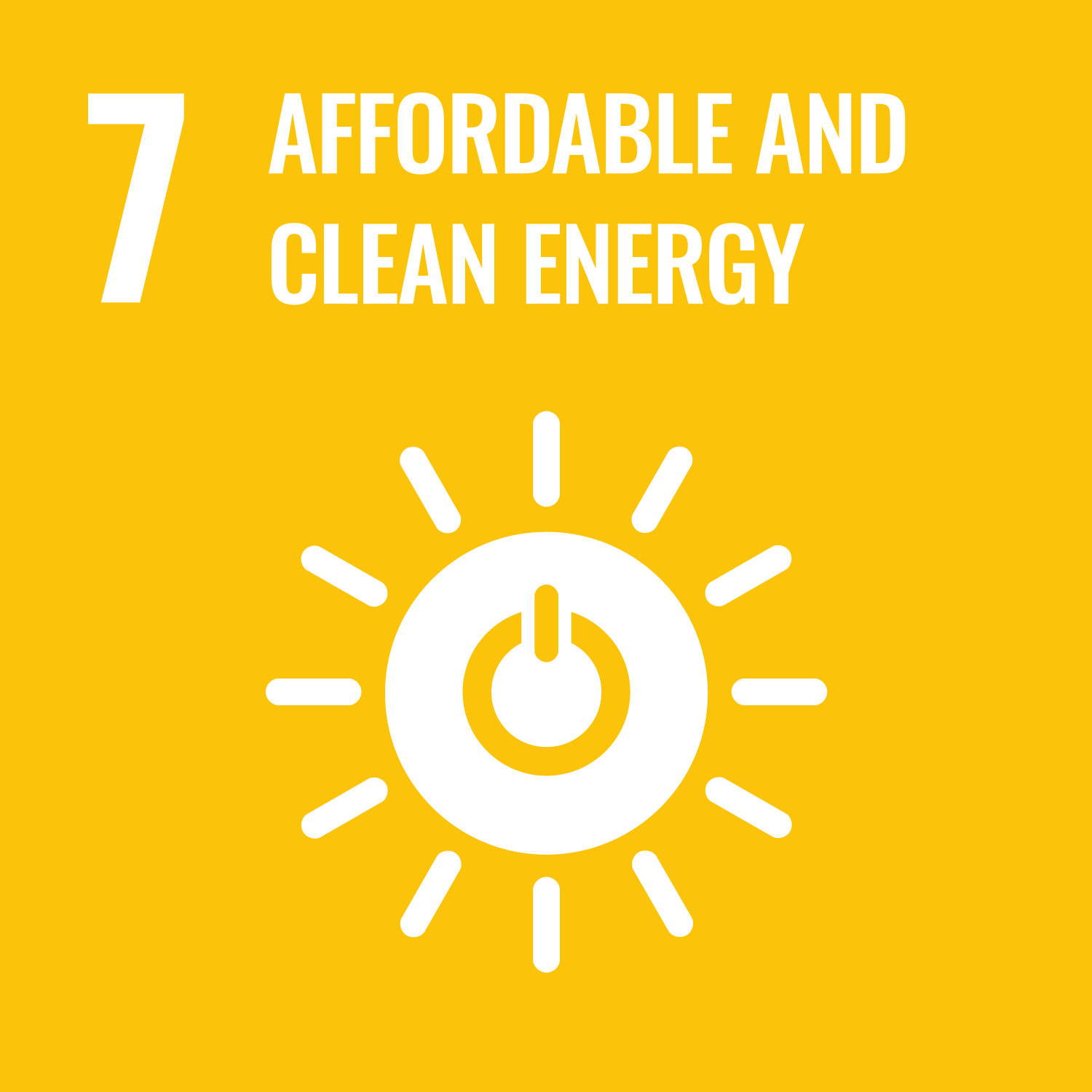Abstract
As offshore wind energy developments increase globally in response to climate change, it is important to gain an understanding of the effects they are having on the marine environment. Whilst there is growing information on the types of organisms present within these sites, our knowledge of how species interact with these sites is limited. For the first time we examined the movements and habitat utilization of a temperate decapod, the European Lobster Homarus gammarus, using acoustic telemetry within an offshore wind farm (OWF). Innovasea V9 acoustic transmitters were externally attached to 33 individuals (carapace length = 87–113 mm) at three turbine locations within an offshore wind farm in the Irish Sea. Individuals were found to exhibit high residency to the tagging sites, with over half of tagged lobsters present at the tagging sites for 70% of the study period. Individual home ranges and core territories were calculated using 95% and 50% kernel density, respectively. Home ranges ranged from 9313.76 to 23 156.48m2 while core territories ranged from 1084.05 to 6037.38m2. Over 50% of all detections were recorded within 35 m of the scour protection. These results suggest that particular areas of habitat within fixed-turbine OWFs provide a suitable habitat for lobsters. We postulate that this is likely the result of artificial reef effects arising from the addition of artificial hard substate into previously soft sediment dominated habitats. Therefore, future fixed-turbine OWF developments across Europe may provide potential fishery opportunities as a result of artificial reef effects.
DOI Link
Publication Date
2023-06-29
Publication Title
ICES Journal of Marine Science
Volume
80
Issue
5
ISSN
1054-3139
Acceptance Date
2023-04-03
Deposit Date
2023-11-10
Embargo Period
2023-10-14
First Page
1410
Last Page
1421
Recommended Citation
Thatcher, H., Stamp, T., Wilcockson, D., & Moore, P. (2023) 'Residency and habitat use of European lobster (Homarus gammarus) within an offshore wind farm', ICES Journal of Marine Science, 80(5), pp. 1410-1421. Available at: 10.1093/icesjms/fsad067


